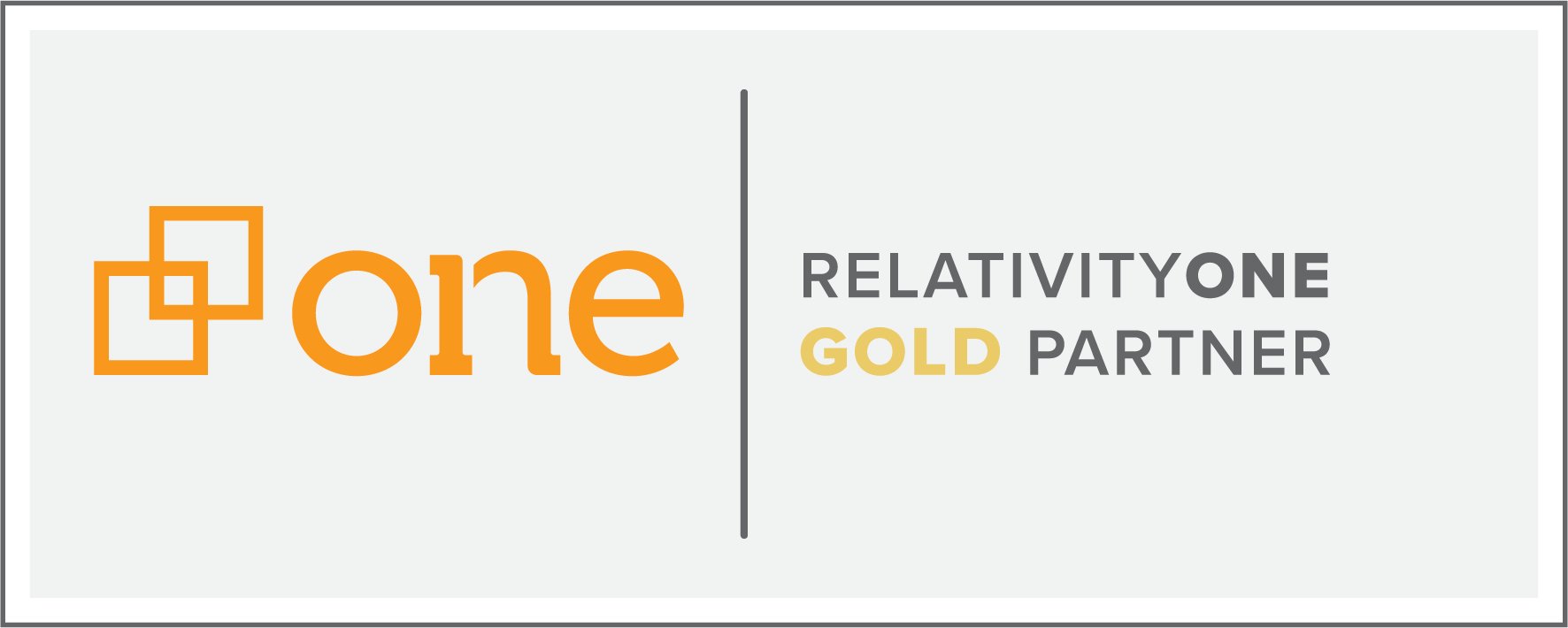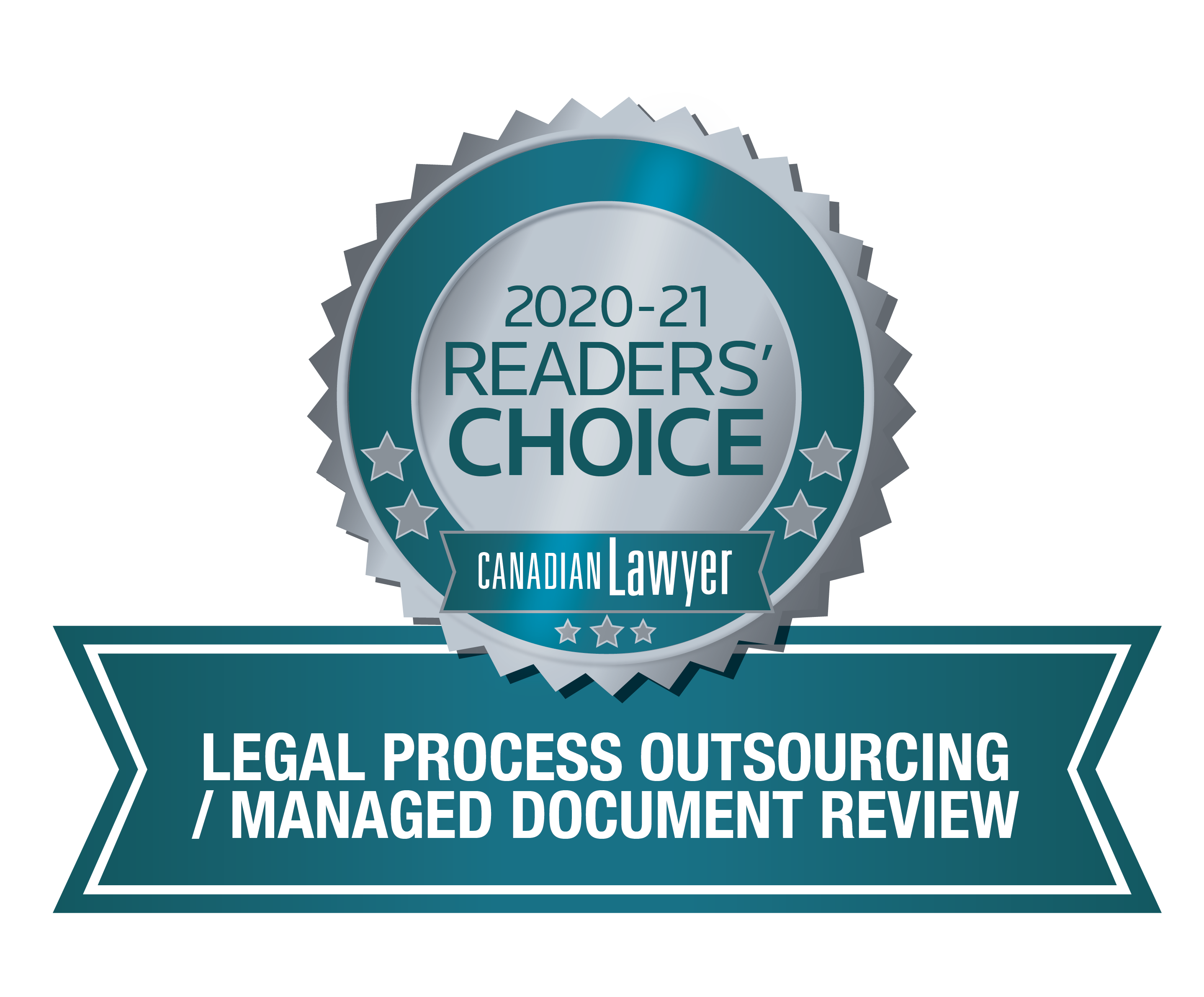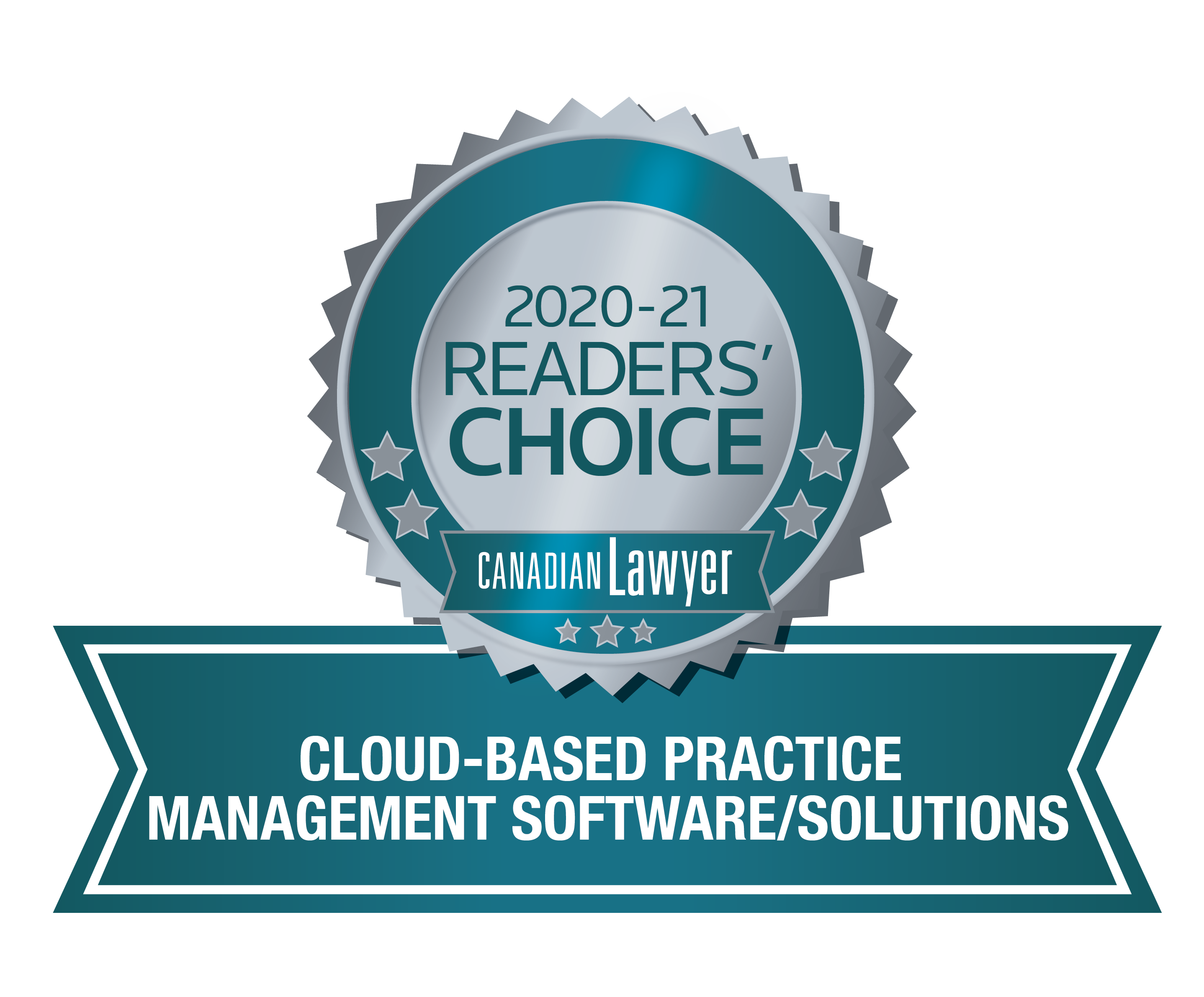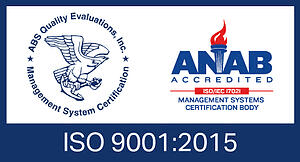
Once you've preserved, collected and reviewed your documents, you've reached the final, and crucial, stage of production. Ensure a successful process from start to finish by asking yourself the following five questions to help build a proper plan from the onset.
1. What is your production timeline?
While it may not take a lot of time to set up a production, machine time can vary depending on the size, the program being used and how many parties are involved. Time should also be set aside to conduct the quality control of the tags, family relationships, load files and more.
Pro tip: Establish your production protocols at the same time that you set the deadline. Creating this formula can save time, money and headaches during the production phase of a discovery for all parties involved.
2. What format should you produce in?
Sometimes the most obvious questions are the ones that are overlooked. While determining which format you should produce files in might sound like a no-brainer, it’s an essential step in the production process. Will you be using images or natives? Paper or electronic files?
Have your technical support team, litigation support team or project managers confirm the best format to receive the productions in. Provide preferred formats to other parties and work together to make the electronic transfer as easy as possible. Doing this step can save you extra time and the cost of having to handle or manipulate other productions after the fact.
Pro tip: Most data, if collected using current best practices, should be in an electronic format. Unless there are redactions or confidentiality concerns, always strive to produce natively.
3. Which load files should you include in your production?
There are several types of load files which can be used, including:
- CSV
- DII
- OPT
- DAT
- XLS
Do not assume just because you utilize one type of load file for a program (i.e. Concordance), that that type will work for everyone else. Different programs have different requirements. Assuming which load files to include could result in a request to recreate the load files, delaying the file and increasing your cost.
Pro tip: Even if all parties involved are using the same software, different file formats may be preferred.
4. What should you search for during quality control?
Once a review is completed, it is common to have documents with conflicting tags. For example, a parent document could be marked as privileged while its child document is tagged as relevant. Work with your team to determine:
- Do redactions need to be created?
- Are there redactions in your production set?
- Are any redactions in a family set?
- Are there any privileged documents related to relevant documents?
- Will they be redacted or withheld?
Pro tip: Due to potential tagging conflicts, conducting redaction and other quality control checks prior to your production is critical.
5. You finished your review. Now what?
The last (and equally as important) step is to determine how you will send the productions to each party. Common delivery options include sending the production either via secure EFT or on a physical piece of media. If you are opting for the latter option, be sure to schedule extra time for the delivery of the media as it can often add a day or more (depending on size).
Pro tip: Some modes of sharing the production may require extra time to adhere to the quality control processes, in addition to shipping.
---
These five considerations should help you establish what is needed from your production before you get too far. Interested in learning more about preparing for productions? Check out the related articles below.
You may also be interested in...

Everything You Need to Know About Production Protocols
Whether you know it as a production protocol, discovery plan or exchange guideline, establishing a formal method of exchanging documents is essential when it comes to a seamless case production.

To ensure a painless exchange, it’s always best to have a document exchange protocol in place or at the very least, a discussion with opposing counsel and/or your litigation support vendors regarding the format of load files.








